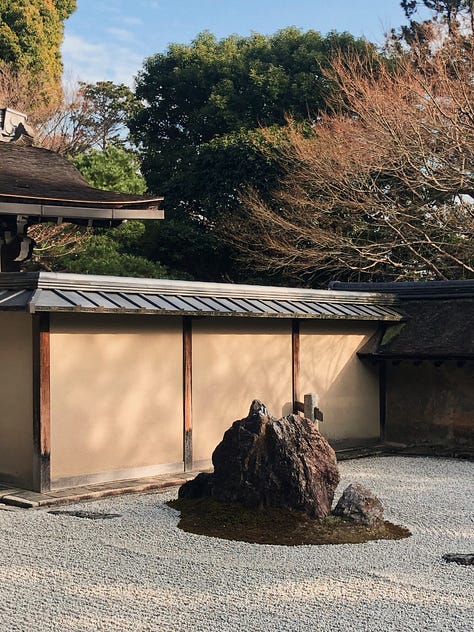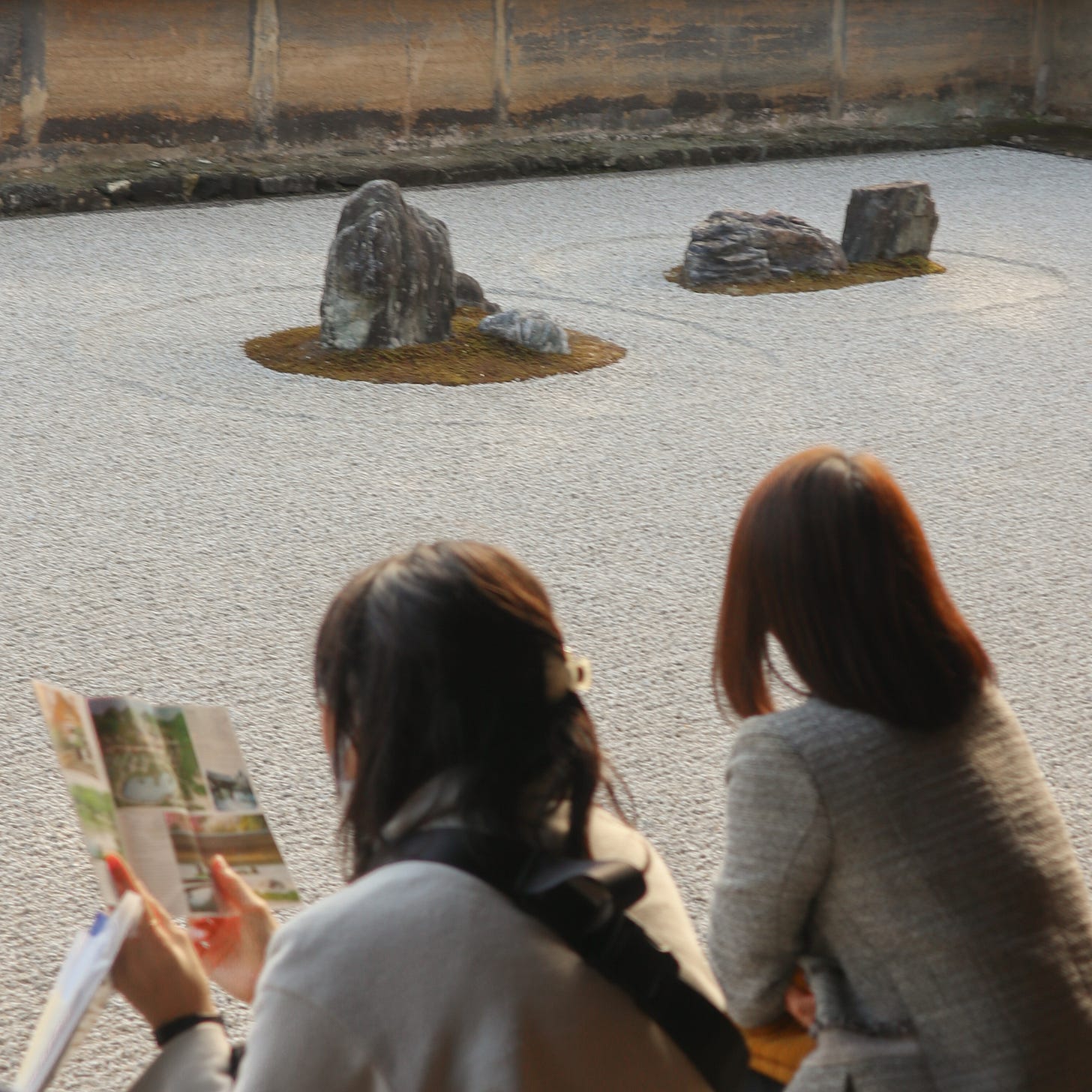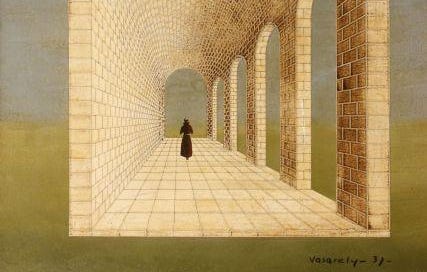I found myself at eighteen sitting with it open on a blank page and reminiscing on all the stones unturned– what had become of the pile of pebbles that lay abandoned upon the riverbed?
At fourteen I wanted to become a painter, but by the time I turned fifteen, I had made a rebellious U-turn into poetry and abandoned the paintbrush. Younger me had this creative naivety back then, ping-ponging between mediums and hoping one of them would stick.
My creativity was akin to skipping stones across a lake as time continued to pass. Visual art had lost its momentum and sunk to the bottom to join all the other pebbles I had attempted to fly across the water– textiles, music, drama, and sculpture. Only poetry remained afloat; the ripples did not settle back into stagnancy, and I continued to write well past graduating high school.
I drew lines between words and painted pretty pictures with my prose, writing things in my little journal for a couple of years. I found myself at eighteen sitting with it open on a blank page and reminiscing on all the stones unturned– what had become of the pile of pebbles that lay abandoned upon the riverbed?
Ryoanji Temple, The Temple of the Dragon at Peace, slumbered beneath an overgrowth of moss across uneven stone stairs, barely visible paths, and the shelter of tall trees that filtered the 4 PM golden hour like hidden wisdom. Quaint pockets of green, moss gardens, a teahouse and a water basin waiting patiently aside the monk’s quarters all came full circle within the temple’s Karesansui; the infamous rock garden. This place unravelled with the air at dusk; a zen garden during sunset revealing an artist’s revelation, unlocking that imaginative naivety once more.
“There are fifteen rocks.” My cursive had become barely legible over the years. “I can only see fourteen.”
Some rocks were isolated, others clumped together and surrounded by a perfect raked perimeter. How did they manipulate the sand that way? I found myself questioning my journal. Why can’t I see any footsteps? Where can I see all fifteen stones?



After making the leap through rhyme schemes and into free verse, I didn’t pick up a paintbrush for years. And yet that inquisitive, child-like curiosity remained, reminding me that every idea I had, every poem I wrote, every story I penned, and every note in my journal had the potential to be a brilliant painting. As if there was a possibility it could be seen rather than buried behind words and interpretations. I wondered if painters ever had similar musings about their work and wondered what metaphors and similes would be used to explain the likeness of their art.
For if I wrote “the sky was blue,” in my journal, you and I might interpret it differently– one more green and the other closer to purple. Maybe my blue was pale and yours was stark, mine softer and yours stormier, mine barely there and yours triumphant. But if I painted it, I could show you how both of us were wrong, I could explain the exact shade of yellow that shone through the clouds and how serene the sky looked on that day; how it all blended into a beautiful, soft baby blue.
Visual art didn’t rely on different interpretations of what you saw, but a reflection on how it made you feel. I felt an intense sense of calm in that early evening, and if this were a painting the foreground would have my curious face lit up by the reflection of the setting sun upon the sand. It would have been a noble piece, pulling you in through the repetitive lines raked through the sand. You would be able to see how shallow they were yet abundant in texture, how untouched and mossy the stones had become with age, and how the golden hour sun was swallowed by the sand and fiercely opposed by the fourteen rocks.
The voice that questioned where the fifteenth rock was urged me to swap seats with strangers that sat in rows on the steps. When I witnessed the fifteenth rock, I pointed it out with a resignation of the fourteenth. I was comforted by its invisible presence.
After all these years, my visual creativity had been the fifteenth rock. Fourteen-year-old me wasn’t naive, but slumbering.
The synchronicity of my transition into a different medium as a young artist and the rock garden in Ryoanji Temple was peculiar in the way it drew a line right through my life and knotted them together, how as I sat and rotated with other tourists, swapped seats with strangers and sat closer and further away, I was reminded of a time when both visual and written expression within me coexisted like yin and yang. Before I had abandoned the paintbrush, I had enjoyed writing poems and scribbling on the page next to it; both sides of me thrived in unity in my journal. But then the pages stopped being so colourful– I found the things I wrote about too austere to even attempt to draw. My journal became a graveyard for pictures and an overgrowth of words.
Although separated by time, it was inevitable that these two sides of me would seek equilibrium once more. Ryoanji temple would reach through time and tie the knot.
I believed my visual art skills had eroded on the river bank and sunk to the bottom but felt the water stir when I saw the fifteenth rock shining in the golden hour sun. I didn’t notice this resurgence at the time, but after trudging through the thick of the pandemic and being booted out the other side with the need to make more meaningful art, the realisation struck me in isolation when I returned home from Japan.
The story behind Karesansui prophecises all fifteen rocks can be seen at the same time once you reach enlightenment, and I recall a conversation I overheard between some friends sitting next to me as the sun settled.

“Apparently once you see all fifteen you discover enlightenment!”
“But what does that even mean? It’s not possible to see all of them anyway. むりだ!Impossible!”
“Maybe it’s not about seeing them, but trusting they’re there.”
“So this is a lesson about trust?”
“Who knows… Things don’t really disappear after all.”
Now at twenty I am writing this and reminiscing on that day in Ryoanji Temple, finally feeling like all fifteen rocks have lined themselves up before me– I simply had to reach into the water and pick the last one up from where I’d left it last; to embrace it in my palm, turn it over a couple of times and wipe the age from it; to look at it from a different perspective; to not feel so pressured that it had to be a perfect sphere; to trust that my visual creativity still existed rather than abandoning it.
I still have not picked up a paintbrush, but my visual itch has acquainted me with another way to channel my creativity. Surrealist collage art has become a way to build the images in my mind, make cities from poems, layer stories and symbols together, and unfold what I once thought to be too austere to produce visually. Collage reconstructs my reality through infinite possibility, poetry honours it. I thank the zen garden in Karesansui for teaching me that– fourteen-year-old me is reignited six years later, the knot is tied, and I feel fulfilled as an artist that can express myself so diversely. I feel unrestricted for the first time in my artistic life like I am now able to create what I was meant to.
I promise to leave no stone unturned.
Eclectic Creative is the newsletter to read with your morning coffee or evening tea. Writer and creative freelancer Jada De Luca grapples with a small corner of the internet, shaping it into a celestial creative non-fiction realm that is dedicated to her favourite topics and ever expansive creativity.
If you are interested in art, writing, spirituality, tarot, travel, and books, you are warmly invited to enjoy Eclectic Creative weekly.
About The Writer
Jada De Luca doesn’t go anywhere without her kindle and interprets tarot cards for the spiritually curious. She is a long time writer and in-house collage witch for the Aussie based travel publication Astray, best known for her piece The Writer’s Routine.
Jada tells stories through an eclectic mix of both written and visual narration, creating magical, surreal, and intensely personal landscapes for her audiences.
I am always looking to connect with other artists, writers, and fellow magical moonbeams. If you enjoy my work, I encourage you to save, share, and don’t forget to tag me! (@fujijada)
My Instagram is @fujijada. Art is shared, life is documented, and DM’s are treated as delicately as hand-delivered letters.
For book recommendations and the occasional review, or if you want to read along with me, please refer to my Goodreads.
If you’re curious about my creative services, I am experienced in creative advertising, content creation, copywriting, website design, art direction & surrealist collage art. Peep the website for more info.
The collage artwork that accompanies a lot of my writing here is created by me. Want some art to hang above your altar, stick on your fridge, display in your home or gift to a lover? My enquiries are open!
And if all of the above appeals to you, shoot me an email directly at deluca.jada@gmail.com.
In the meantime,
Lots of love,
Jada










💪never catch me lacking